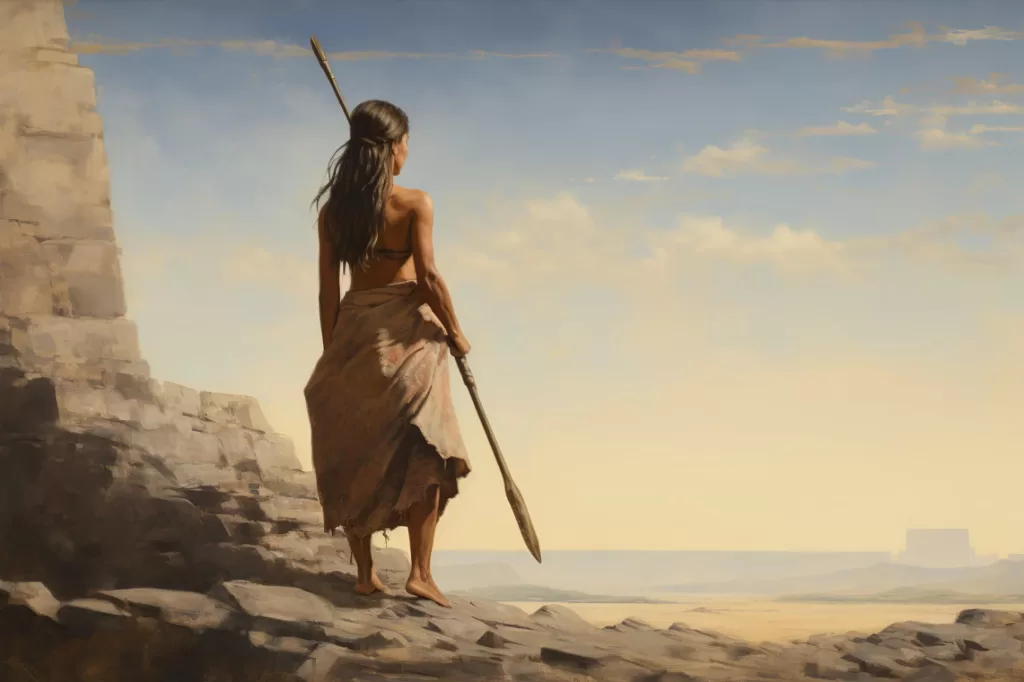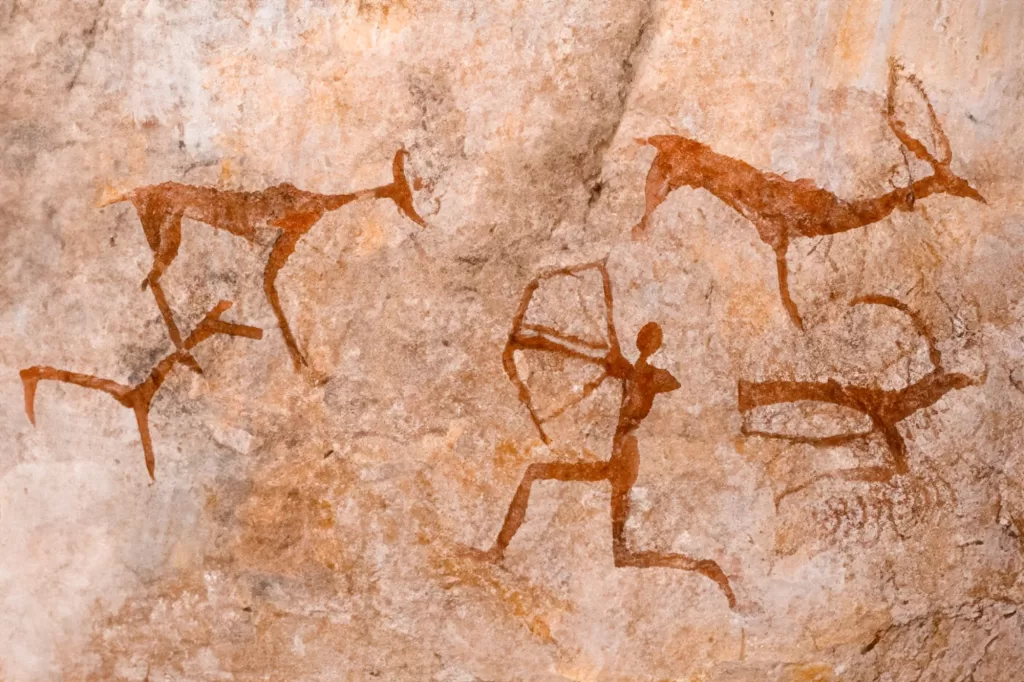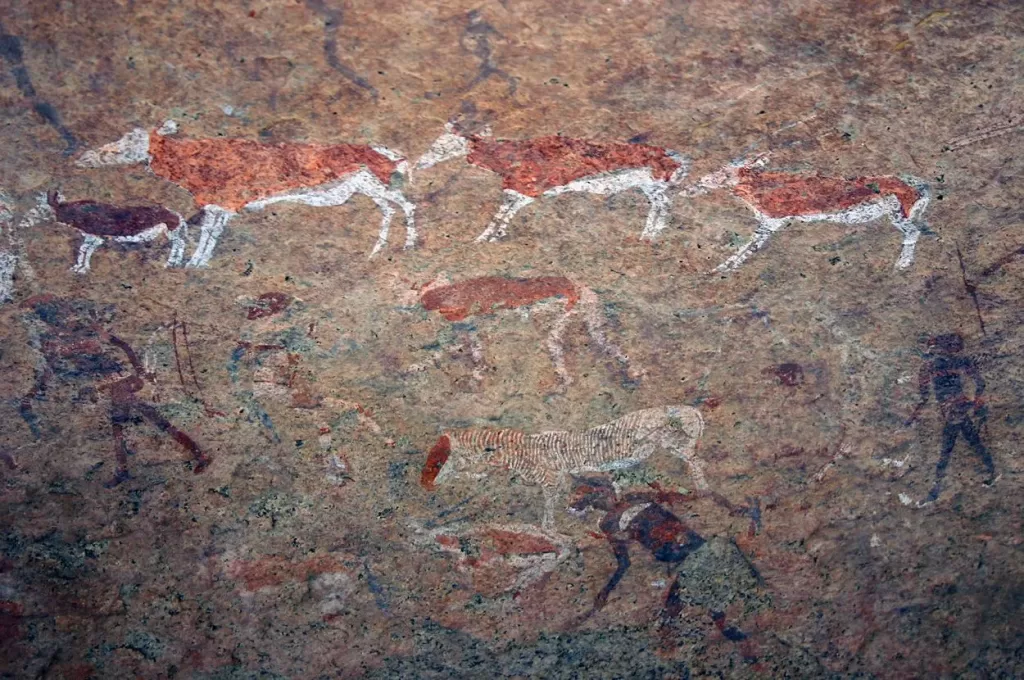Prehistoric women engaged in the practice of hunting. Also, their anatomy and biology would have made them intrinsically better suited for it. Drawing their conclusions from both archaeological and physiological evidence, the researchers from US universities suggest that “hunting belonged to everyone, not just to males.”
They said that through their studies, published in the journal American Anthropologist, they were “trying to correct the history that erased women from it,” instead of erasing or rewriting history.

Men, the Hunters
The theory of men as hunters and women as gatherers first gained notoriety in 1968, when anthropologists Richard B. Lee and Irven DeVore published Man the Hunter, a collection of scholarly papers presented at a symposium in 1966.
Women hunted too!
However, researchers from the University of Notre Dame have examined the division of labour according to sex during the Palaeolithic era, approximately 2.5 million to 12,000 years ago.
Upon thorough research of contemporary archaeological findings and literature, the researchers found limited substantiation for the idea of distinct gender-based roles.
The team also looked into female physiology. They observed that women showed physical capabilities suitable for hunting. Along with that, they also pointed out that there was little to no evidence suggesting their exclusion from hunting activities.

The investigators recognized instances of gender equality in ancient artefacts, dietary practices, artistic expressions, burial customs, and anatomical characteristics.
“But from what evidence we do have, there appears to be almost no sex differences in roles,” said Sarah Lacy from the University of Delaware.
Hormones helped in Hunting
The scientist also inquired whether anatomical and physiological distinctions posed any restrictions on an activity like hunting.
In contrast, women held an upper hand over men in pursuits necessitating endurance, like long-distance running. This is supported by the fact that estrogen can increase fat metabolism. This gives muscles a longer-lasting energy source.
It can also regulate muscle breakdown, thus preventing muscles from wearing down. Scientists have traced estrogen receptors, proteins that direct the hormone to the right place in the body, back to 600 million years ago.
The hormones helped the women to endure, “which would have been critical in early hunting because they would have had to run the animals down into exhaustion before actually going in for the kill,” according to the researchers.

Same injuries to both men and women
Their archaeological findings about the women’s injuries and the women being buried with their hunting weapons suggested that no “strict sexual division of labour existed,” especially in prehistoric societies. Survival was an all-hands-on-deck activity.
As such, we find that both males and females have the same resulting injuries when we look at their fossil records,” said Cara Ocobock, from the University of Notre Dame. She also added that they found the patterns and rates of wear and tear equally in both women and men. “There weren’t enough people living in groups to be specialized in different tasks. Everyone had to be a generalist to survive.”



